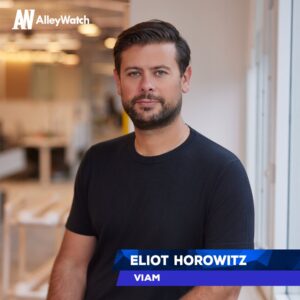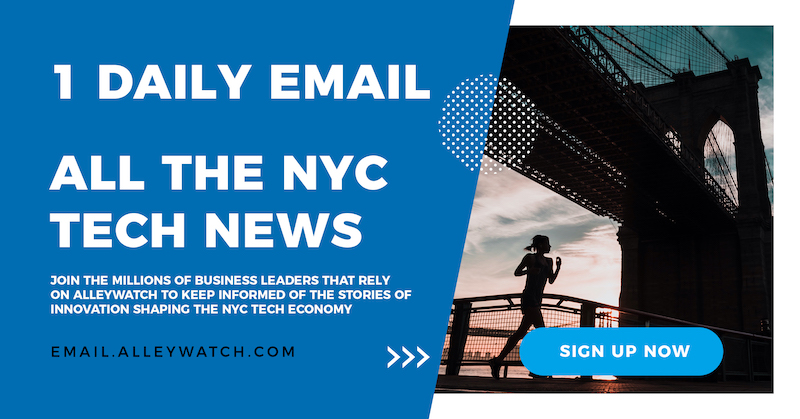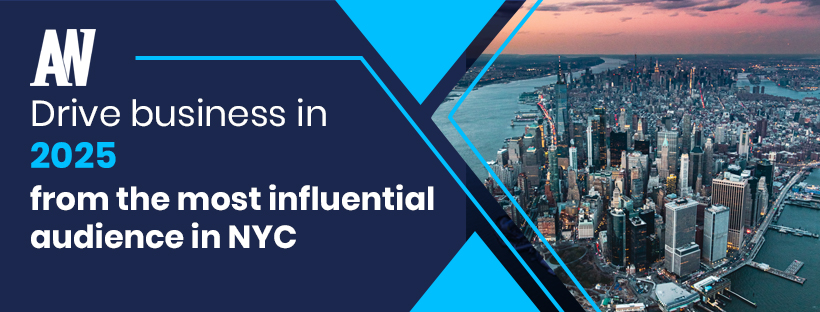The physical world faces a critical technological gap as companies struggle to unlock the benefits of AI and data-driven technologies across their physical operations and devices. Despite advances in AI, applying these innovations to hardware systems remains complex and siloed, with software and hardware engineering teams often unable to collaborate effectively. Viam tackles this challenge with an engineering platform that bridges the divide between AI, data, and the physical world, making it easy for hardware and software engineers to work together seamlessly. Through their technology, companies can make devices, machines, and robots of all kinds smarter and data-driven, with applications spanning robotics, marine technology, industrial automation, quick-service restaurants, and climate tech. The platform’s breadth of capabilities encompasses everything from data capture and fleet management to predictive maintenance, quality assurance, and remote troubleshooting—all within a single unified system. With customers including the New York Islanders, UBS Arena, Viking Yachts, and Sbarro, Viam’s platform already demonstrates real-world impact by helping businesses extract more value from their existing physical infrastructure.
AlleyWatch sat down with Viam CEO and Founder Eliot Horowitz to learn more about the business, its future plans, and the company’s recent recent $funding round that brings total funding raised to $117M.
Who were your investors, and how much did you raise?
We recently raised a $30M Series C. The round was led by Union Square Ventures, which has backed us since the very beginning, with participation from Battery Ventures, Neurone, and other existing investors. Neurone is a new investor from Italy and brought co-investors from the families behind industrial powerhouses like Ferrari, Camozzi, and Pasubio.
Tell us about the product or service that Viam offers.
Viam is an engineering platform that enables companies to unlock AI, data, and automation in the physical world. We make it easy for hardware and software engineers to collaborate seamlessly and make devices, machines, and robots of all kinds smarter and data-driven.
What inspired the start of Viam?
 After leaving MongoDB, I was interested in the intersection of hardware and software. I began looking at a range of devices — an automated cat feeder, a robot arm, my sprinkler system — and realized just how limited these supposedly “smart” devices and systems are, and how lacking the programming environment for them was. Software and hardware engineering are traditionally very siloed, and collaboration is challenging and resource-intensive. There wasn’t a common tool or methodology even though so many things we need to build now require both disciplines. We built Viam to be a solution that bridges the gap between AI/data and physical devices of all kinds — machines, devices, sensors, robots, vehicles, and more. This is an incredibly powerful proposition for businesses in many industries.
After leaving MongoDB, I was interested in the intersection of hardware and software. I began looking at a range of devices — an automated cat feeder, a robot arm, my sprinkler system — and realized just how limited these supposedly “smart” devices and systems are, and how lacking the programming environment for them was. Software and hardware engineering are traditionally very siloed, and collaboration is challenging and resource-intensive. There wasn’t a common tool or methodology even though so many things we need to build now require both disciplines. We built Viam to be a solution that bridges the gap between AI/data and physical devices of all kinds — machines, devices, sensors, robots, vehicles, and more. This is an incredibly powerful proposition for businesses in many industries.
How is Viam different?
Companies of all kinds are working to adopt AI. So much of the value in AI and data lies in applying it to the physical world. But this is really hard to unlock if you don’t have the right expertise, tech and team. Viam does. A lot of people are working on the extremes — take humanoid robots as an example — but they’re missing out on the small things that can make a big difference, but require a scalable engineering platform. We excel in making those small things realistic for our customers in a way that no other platform can.
What market does Viam target, and how big is it?
Viam works across a wide range of sectors, including robotics, marine, industrial automation, quick-service restaurants, and climate tech. Our customers include the New York Islanders and their home, the UBS Arena, where our software is integrated across multiple facets of the arena’s fan experience.
In the marine space, we work with manufacturers like Viking Yachts and Digital Yacht, as well as services like Canyon Runner. We’ve also just launched a pilot program with global technology provider Kongsberg Discovery, part of Kongsberg Group, pioneering the use of AI for sonar in fishing.
We’re also very excited about the impact our technology can have in the quick-service restaurant space, and we’re already working with pizza restaurant Sbarro to help optimize freshness and deliver a more reliable product at their locations. Overall, the potential is huge as companies look to unlock the power of AI in ways that are affordable, scalable, and customizable. Part of what makes this work is we can often help customers get much more value out of the physical infrastructure they already have, and do that really quickly.
What’s your business model?
We operate on a consumption-based pricing model for enterprise clients. While our technology is open-source, allowing engineers anywhere to access and build with it, enterprise customers pay consumption-based fees for cloud services like data storage, compute usage, and device connections.
We also work with some customers to build custom integrations and provide related engineering support.

How has the business changed since we last spoke after Viam’s Series B round last spring?
Since our Series B, we’ve significantly expanded our customer base and grown our team.
In addition to the new customers we’re working with, we’re also excited to be growing internationally, particularly within Europe and Italy’s robust industrial sector, where we are having a number of active customer conversations. There’s a big appetite for what we’re building among leaders in that space.
What was the funding process like?
We’re always talking to investors, so this round brought together incredible partners like USV, who we’ve worked with from the beginning, and new partners like Neurone, who will help us strategically grow the business.
I have a lot of experience raising money from my time growing MongoDB. From the very beginning of Viam, we’ve only raised what we needed, when we needed it. These funds are purely what we need to execute the next phase of our growth.
What are the biggest challenges you faced while raising capital?
There’s no question that the AI space is crowded. Fortunately, we’re building something unlike anything else that exists in the market, and we’ve been able to clearly articulate that to our investor base.
There’s no question that the AI space is crowded. Fortunately, we’re building something unlike anything else that exists in the market, and we’ve been able to clearly articulate that to our investor base.
What factors about your business led your investors to write the check?
Our investors see how Viam’s technology is a vitally important connective thread for companies that want to take advantage of all the benefits that come with the AI revolution. The customer traction and success that we’ve had offer great examples of this, and we’re really just getting started.
What are the milestones you plan to achieve in the next six months?
We’ll be focused on continuing to sign new customers across our target sectors, expanding our team, and growing our presence in Europe.
What’s your favorite winter destination in and around the city?
Viam’s offices are right near Lincoln Center, and it’s incredible to have such a cultural hub right in our backyard, especially during winter. That said, I love boats and being out on the water in New York City, so I am looking forward to the warmer months. I’m really passionate about helping the City find ways to showcase, protect and enjoy its waterways. It’s too easy to forget that Manhattan is an island, but that’s one of my favorite things about New York.





